1 min read
Riding the Renovation Rollercoaster: The Emotions Behind a Remodel
Every home remodeling journey comes with its own set of emotions, and no project is without its ups and downs. After remodeling homes in the greater...
2 min read
Meadowlark Design+Build : January 30, 2025
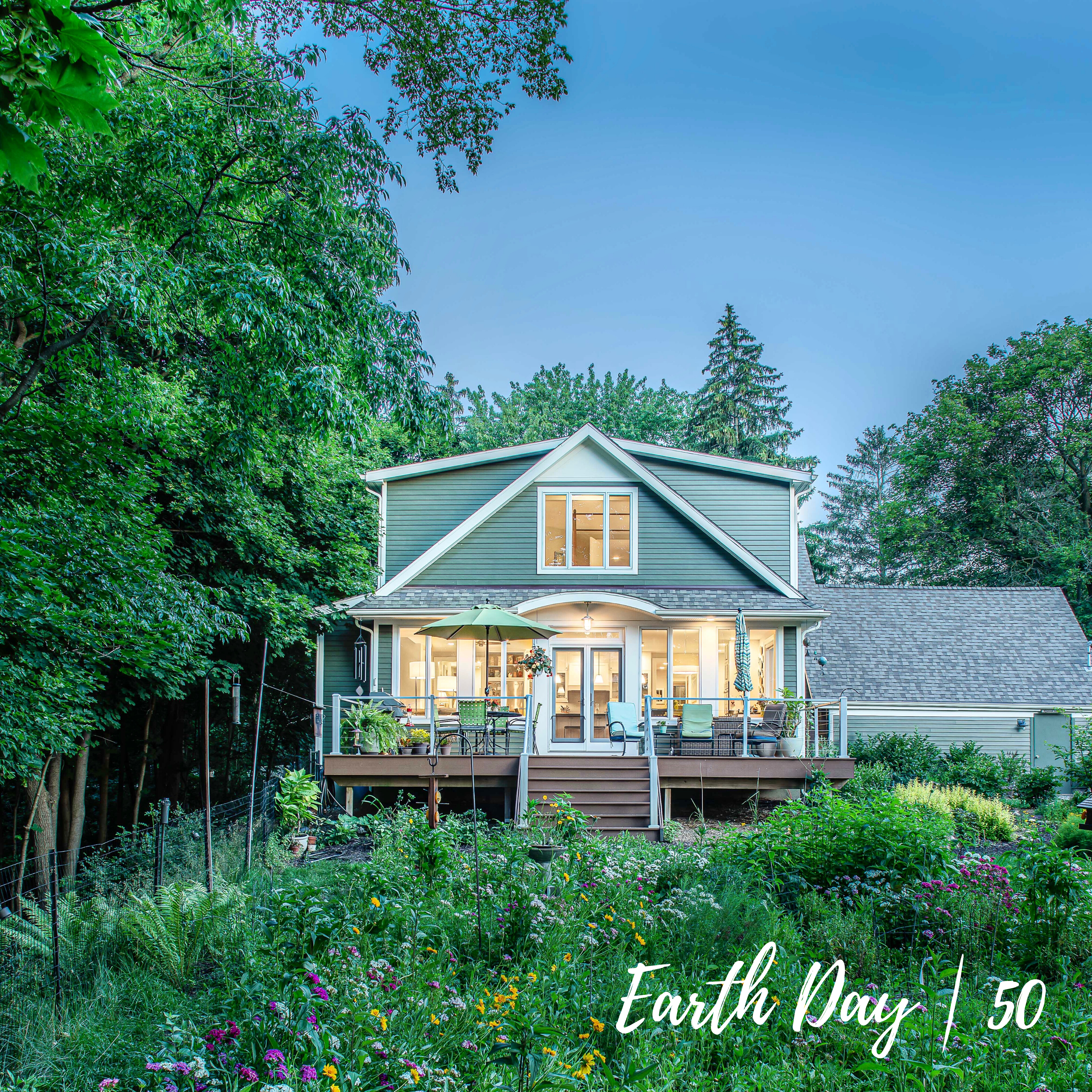
By Doug Selby
According to the EPA we typically spend about 90% of our time indoors, but obviously during a global pandemic that can be even higher for many people. The goal is to stay safe and healthy…but just how healthy is your home?
It’s hard to imagine, but the EPA has found that concentrations of some pollutants in homes can be up to 5 times higher than typical outdoor concentrations. When you are spending so much of your time indoors, healthy air quality certainly is becoming an issue we hear more and more homeowners talking about these days.
As someone who is passionate about building energy-efficient and healthy homes, I am commonly asked “What are some things I can do to make my home healthier?” That’s a tough question because it’s so multifaceted, but if I had to answer – I would say these are my top 4 things:
Install an Energy Recovery Ventilator (ERV). These devices exchange fresh outdoor air for stale indoor air (see diagram below), and they also impart the energy and moisture content (that you already paid for once) during the exchange. You can target the fresh air to sleeping areas and living areas, while removing polluted air from bathrooms, kitchen and utility areas. They can also help to minimize mold growth by maintaining the proper level of air humidification. ERV’s make a huge difference for air quality in the home; however, they can be expensive to install. At the bare minimum you can install a Panasonic WhisperGreen fan in your bathroom that will continuously flush the air in your home in a controlled fashion.
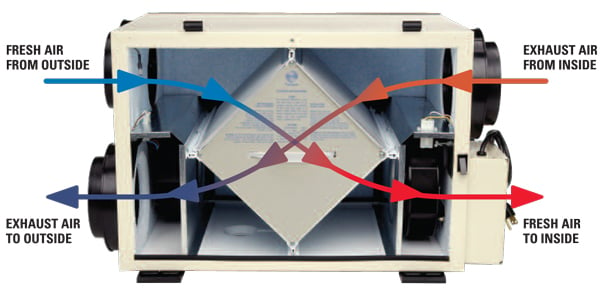
If you’re replacing the HVAC system or a hot water heater, it’s an ideal time to consider an electric heat pump. Burning natural gas in our homes is not necessary and has proven links to health risks. Even for dryers and cooktops, these devices are getting more efficient with better results. In addition, some cities in California have either started implementing bans on gas appliances in new construction, or are currently discussing the possibilities. As we strive to lower our green house gas emissions – this is certainly something that will become more widely accepted.
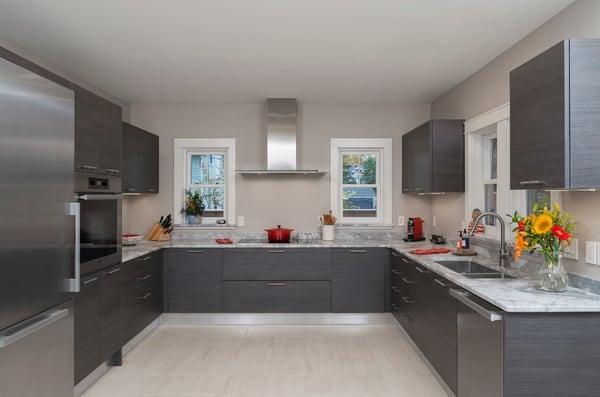
It might seem like this is more about energy savings, but it also has an air quality component. As long as your home has good air exchange from a mechanical device (like and ERV), insulating and sealing your home properly will result in less dust, less condensation and less mold spores in the home. Make sure your insulation contractor uses a blower door kit to ensure your home is getting the proper amount of ventilation.
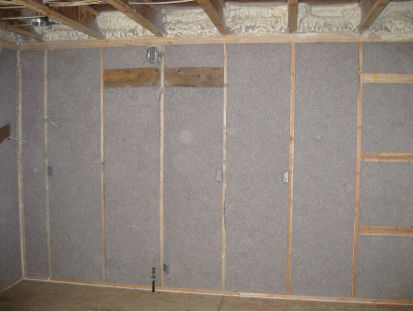
The best strategy to avoid toxic stuff is to minimize the source first. You can’t control everything all the time, but you can control this to some extent. Avoid flame retardants, pesticides and toxins in cleaning and personal care products. Know the chemicals that your products contain.
These are just a few ideas that can help you live a better, healthier life – and can help the planet. Keep in mind that when renovating your home or replacing equipment, this is also an ideal time to create a game plan for a cleaner, more efficient home that will cost you less to operate in the long term. For more detailed information on improving your indoor air quality the EPA has published this guideline: Care For Your Air: A Guide to Indoor Air Quality.
Stay Safe. Stay Healthy.

1 min read
Every home remodeling journey comes with its own set of emotions, and no project is without its ups and downs. After remodeling homes in the greater...
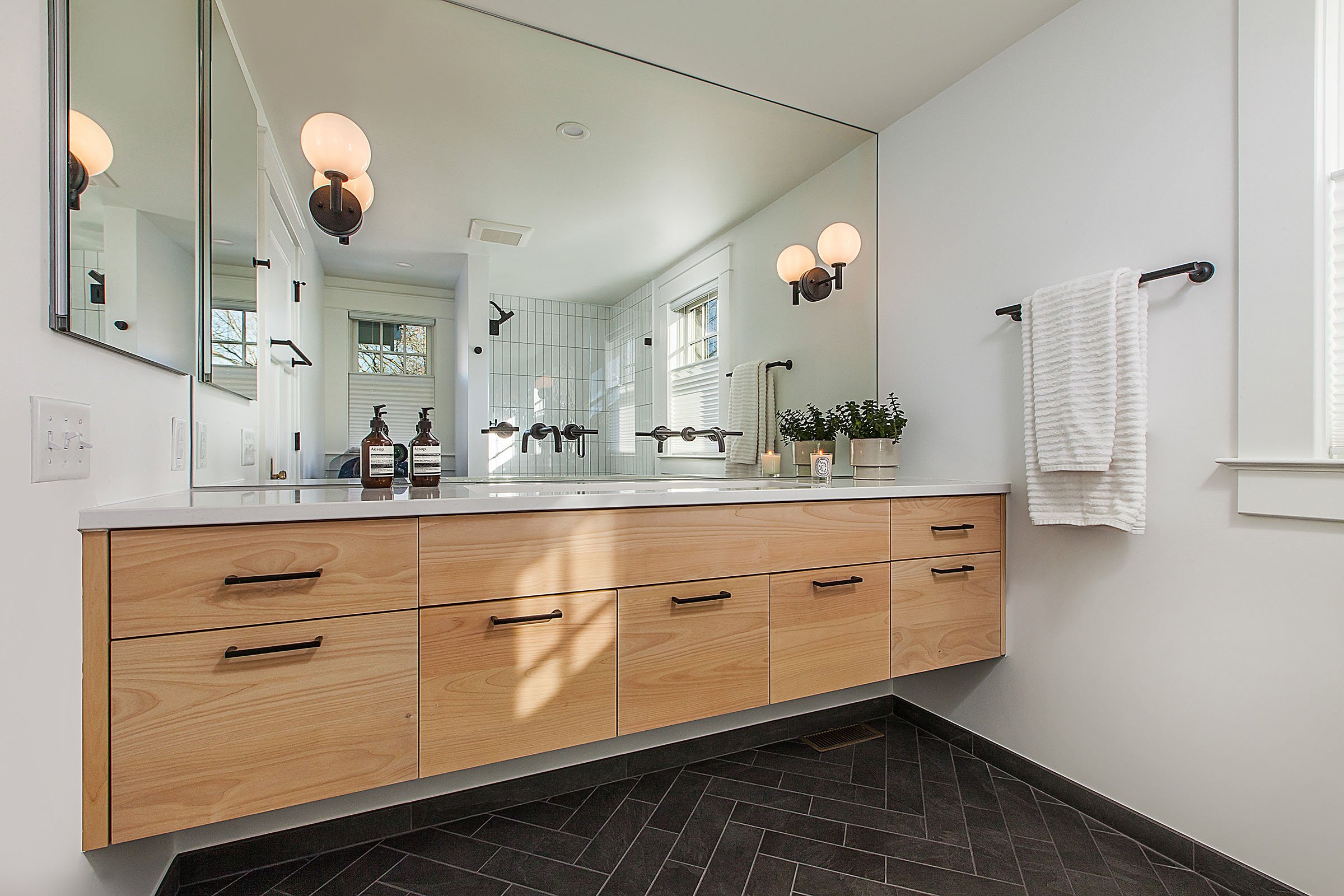
Transforming your home is not just about aesthetics; it's about finding solutions that fit your budget and lifestyle. When upgrading your kitchen or...
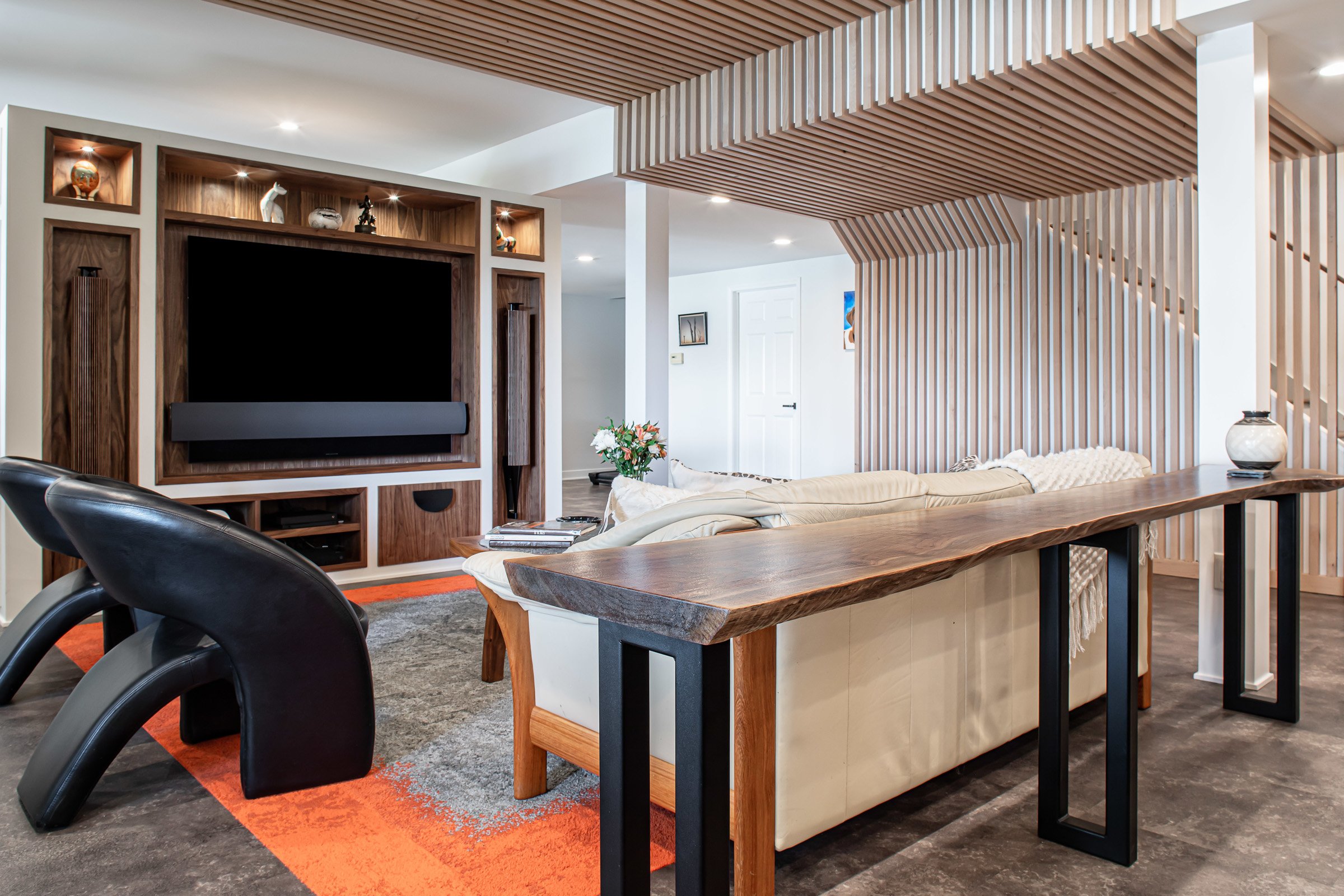
We’re thrilled to be featured in The Scout’s Guide’s latest piece, “How to Upgrade Your Basement, According to the Experts.” We invite you to check...